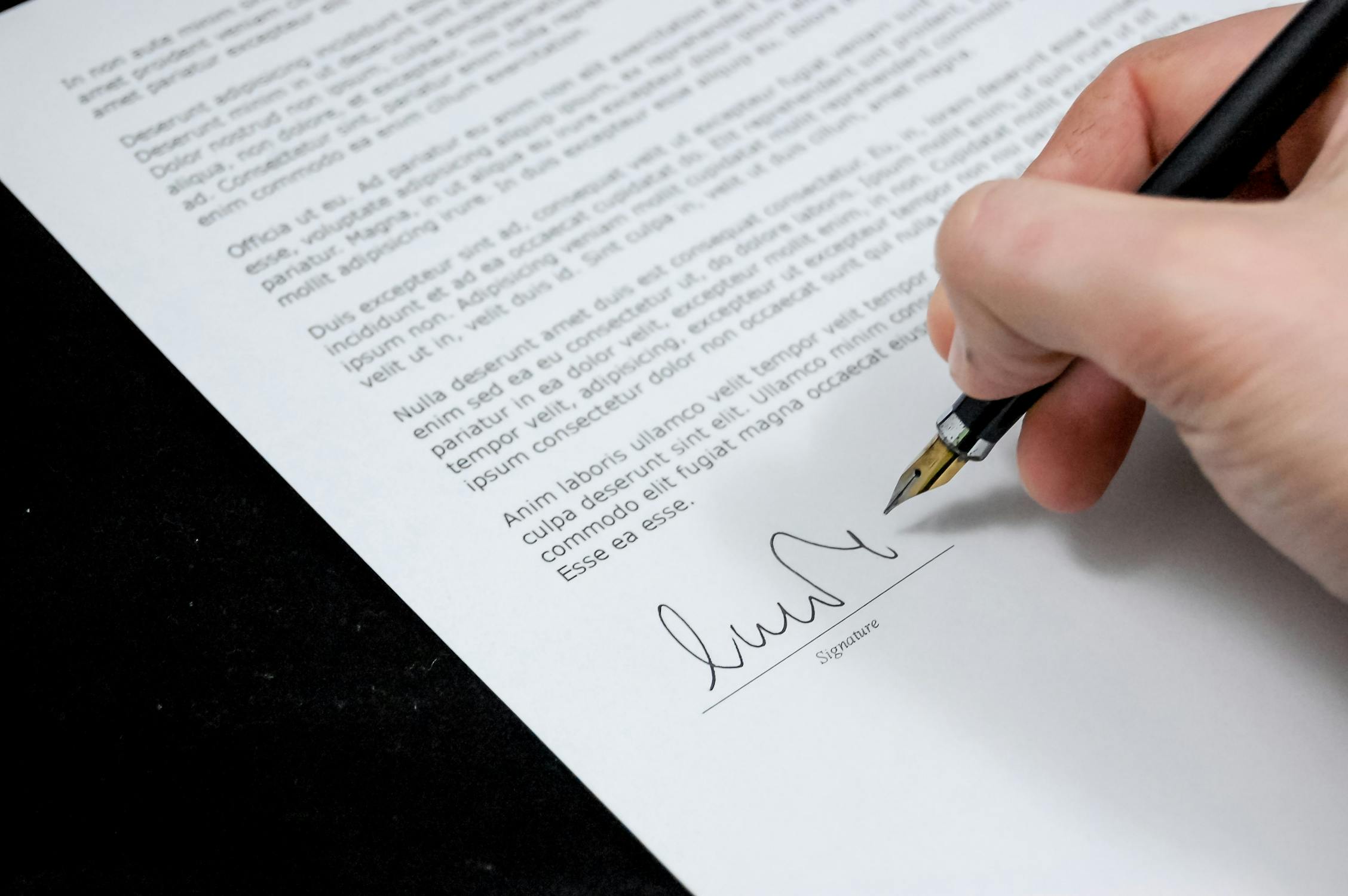The Do's and Don'ts of Formatting Your Resume
Crafting a resume is an essential step in the job application process, and its format can significantly influence the impression you leave on potential employers. A well-structured resume not only communicates your qualifications and experience effectively but also demonstrates your attention to detail and professionalism. On the other hand, a poorly formatted resume can detract from your accomplishments and might even cost you an interview opportunity.

Understanding the do's and don'ts of resume formatting is crucial to standing out in a competitive job market. From choosing the right font size to deciding on the appropriate length, every element plays a role in how your resume is perceived. The goal is to present your information clearly and concisely while ensuring it aligns with industry standards. Below, we’ll explore key guidelines to help you create a polished and professional resume that sets you apart.
Do: Use a Clean and Professional Layout
A clean layout ensures that your resume is easy to read and visually appealing. Start by selecting a simple font like Arial, Calibri, or Times New Roman in sizes between 10-12 points for the body text. Consistent spacing, headings, and bullet points help organize information logically. Use bold or capitalized text sparingly to emphasize sections like your name or job titles, but avoid overdoing it as this can overwhelm the reader.
Stick to one-inch margins on all sides of the page and use consistent alignment throughout the document. Left-aligning text is generally recommended since it’s easier to scan. Avoid flashy design elements unless you’re applying for a creative role where some level of artistic expression might be expected.
Don’t: Overload Your Resume with Information
Recruiters typically spend only a few seconds scanning each resume, so including unnecessary details can work against you. Focus on relevant experiences, skills, and achievements tailored to the specific job you’re applying for. Remove outdated or unrelated information that doesn’t add value to your application.
- Avoid including personal details like your age, marital status, or photograph unless required by the job posting.
- Limit your resume to one page if you have less than 10 years of experience or two pages for more seasoned professionals.
Conciseness is key, use action-oriented language and quantify achievements wherever possible. For example, instead of writing "Managed a team," say "Led a team of 10 employees to achieve a 15% increase in quarterly sales."
Do: Tailor Your Resume for Each Job Application
No two jobs are exactly alike, so your resume shouldn’t be either. Customize it by emphasizing skills and experiences that align with the requirements listed in the job description. Using keywords from the posting can also help your resume pass through applicant tracking systems (ATS), which many companies use to filter applications.
Additionally, ensure that your objective statement or professional summary reflects how you can add value to the specific company or role. For instance, instead of a generic “Seeking a challenging position,” write something like “Experienced marketing professional with a proven track record in driving customer engagement seeking an opportunity at [Company Name].”
Don’t: Neglect Proofreading
Errors in spelling, grammar, or formatting can leave a negative impression on recruiters. Even minor mistakes suggest carelessness and lack of effort, qualities no employer wants in their team members.
- Always proofread your resume multiple times before submitting it.
- Use online tools like Grammarly or Hemingway Editor for additional error checks.
- If possible, ask a trusted friend or mentor to review it as well; they may catch issues you missed.
Avoid using jargon or overly complex sentences; clarity should always take precedence over trying to impress with fancy language.
Do: Include Contact Information Strategically
Your contact details should be easy to find but not intrusive. Place them at the top of your resume near your name. Include your phone number, professional email address (avoid informal ones like “partyking@example.com”), LinkedIn profile (if relevant), and portfolio link if applicable.
Avoid adding multiple phone numbers or emails, it’s best to keep this section straightforward so recruiters know how to reach you without confusion.
Don’t: Use Irrelevant Graphics or Fancy Formatting
While creative resumes may suit certain industries like graphic design or advertising, most hiring managers prefer simplicity over flair. Avoid excessive use of colors, decorative borders, icons, or images that could distract from the content itself.
If you're using software like Microsoft Word or Canva for formatting, ensure that the final file is saved as a PDF before submitting it. This prevents formatting issues when opened on different devices and keeps your layout intact.
Do: Highlight Key Achievements
Rather than listing job duties verbatim from previous roles, focus on specific accomplishments that demonstrate your impact. Use bullet points for readability and prioritize quantifiable results whenever possible:
- "Increased customer satisfaction scores by 20% through improved service processes."
- "Reduced operational costs by 10% through streamlined inventory management."
- "Developed training programs that resulted in a 30% reduction in onboarding time."
This approach not only conveys what you’ve done but also how well you’ve done it, a critical factor for employers when evaluating candidates.
A well-formatted resume is more than just a document, it’s often your first chance to make an impression on potential employers. Prioritize clarity, relevance, and professionalism in every aspect of its design. By avoiding common pitfalls like cluttered layouts and irrelevant details while emphasizing tailored content and measurable achievements, you can significantly increase your chances of landing interviews for roles that align with your career aspirations.